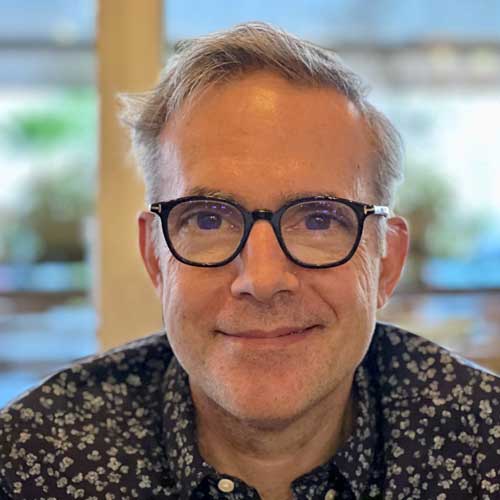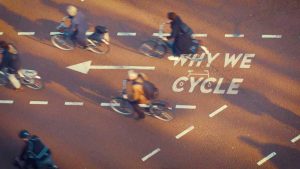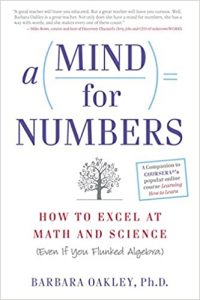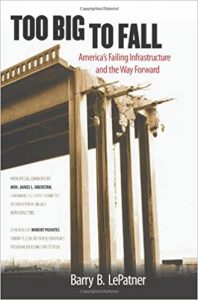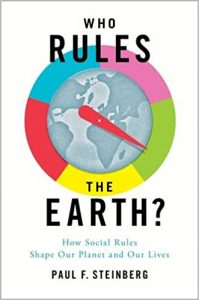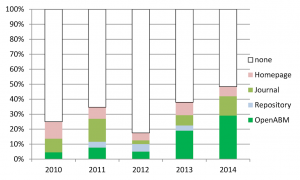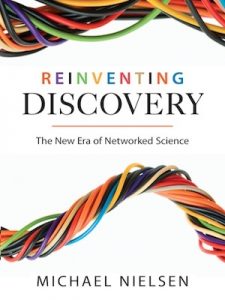In our asymmetric commons dilemma game (irrigation games) we do in the lab and in the field we find that trust and inequality are driving factors that explains the results. The initial trust in others explain the initial level of contributions, but high levels of inequality of extraction of the resources lead to lower levels of contributions to maintain the infrastructure. Cooperation is conditional and the response to inequality in the game shows this.
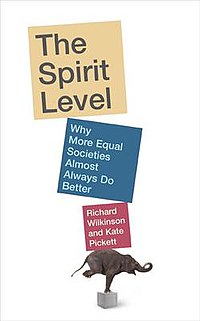
Behavioral economists, like Ernst Fehr, have proposed long time ago inequality aversion as an explanation of the results in social dilemma experiments. Most participants in the experiments value equality of earnings. This explains why most of us may prefer more equal societies, but it does not explain why inequality causes all kind of other effects.
Rich countries with high levels of income inequality, like the UK and the USA, experience a poor health outcome – also for the rich. A possible reason for this is that health partly relate to public goods and bads. Viruses do not distinguish between rich and poor hosts. Having poor quality health for the very poor indirectly affect the health conditions of a
There has been critique on the book by people arguing that the correlations found are cherry picked. These critiques have been debunked and I think the main argument of the book seems plausible and in line what we observe in our experiments. But economists also argue that some level of inequality is needed. We need to aspire better lives and be motivated to work hard to reach the level of the wealthy neighbor. How to evaluate equality also is affected by the different ways we can look at fairness. Is it fair if everybody gets the same share of the pie, or is it fair if some get a bigger share because they work harder?
Explaining the observed relationships will take more time. I assume that there are thresholds in societies of what levels of inequality we accept or not. And these thresholds might be culturally defined. But how does this explain the patterns found in the book? Certainly more research need to be done.
The authors of the book don’t wait and started an organization Equality Trust that tries to stimulate for more income equality in the UK.
